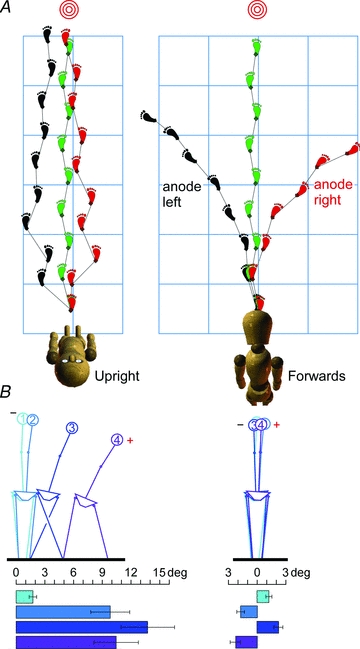Figure 2. Vestibular influences on balance and orientation during walking.

A, trajectories of a subject attempting to walk to the target with the eyes shut are shown as foot placements (adapted from:Fitzpatrick et al. 2006). On the left, with the head upright, the galvanic stimulus produces staggered foot placements to the side of the anode because of balance responses, not orientation responses. The balance responses, seen in B, show large trunk tilt during the first four steps. On the right, with the head tilted forward facing the floor, the galvanic stimulus causes smooth turning in the direction of the anodal electrode without balance responses.
